There are few countries in the world with as much variety of traditional sweets as Portugal. The immense variety of Portuguese pastry originated from several factors: sugar in abundance from the old colonies, a vast amount of eggs, and nuns with lots of free time. That’s right: most Portuguese sweets were created by nuns cloistered in convents or monasteries.
They used the white part of the eggs to care for their clothes (a kind of “primitive ironing”). The yellow parts of the eggs, along with the sugar, were used to make sweets. Nuns could make pastry just for fun or to raise some money from sales. The truth is that, over time, the secret recipes of the nuns were being passed on to the population and Portuguese pastry became popular.
It can be said that every small Portuguese village has its own traditional sweet because there was almost always a convent or monastery in each of these small villages. For this reason, it is challenging to make a list of the best Portuguese desserts.
There are hundreds of different Portuguese pastries. Some recipes have been lost and are no longer used, although there is an effort by several people to recover them. After all, gastronomy is an essential part of Portuguese culture. If you are a fan of Portuguese pastry, these are some of the best Portuguese sweets you can taste.
1. Pastéis de Nata
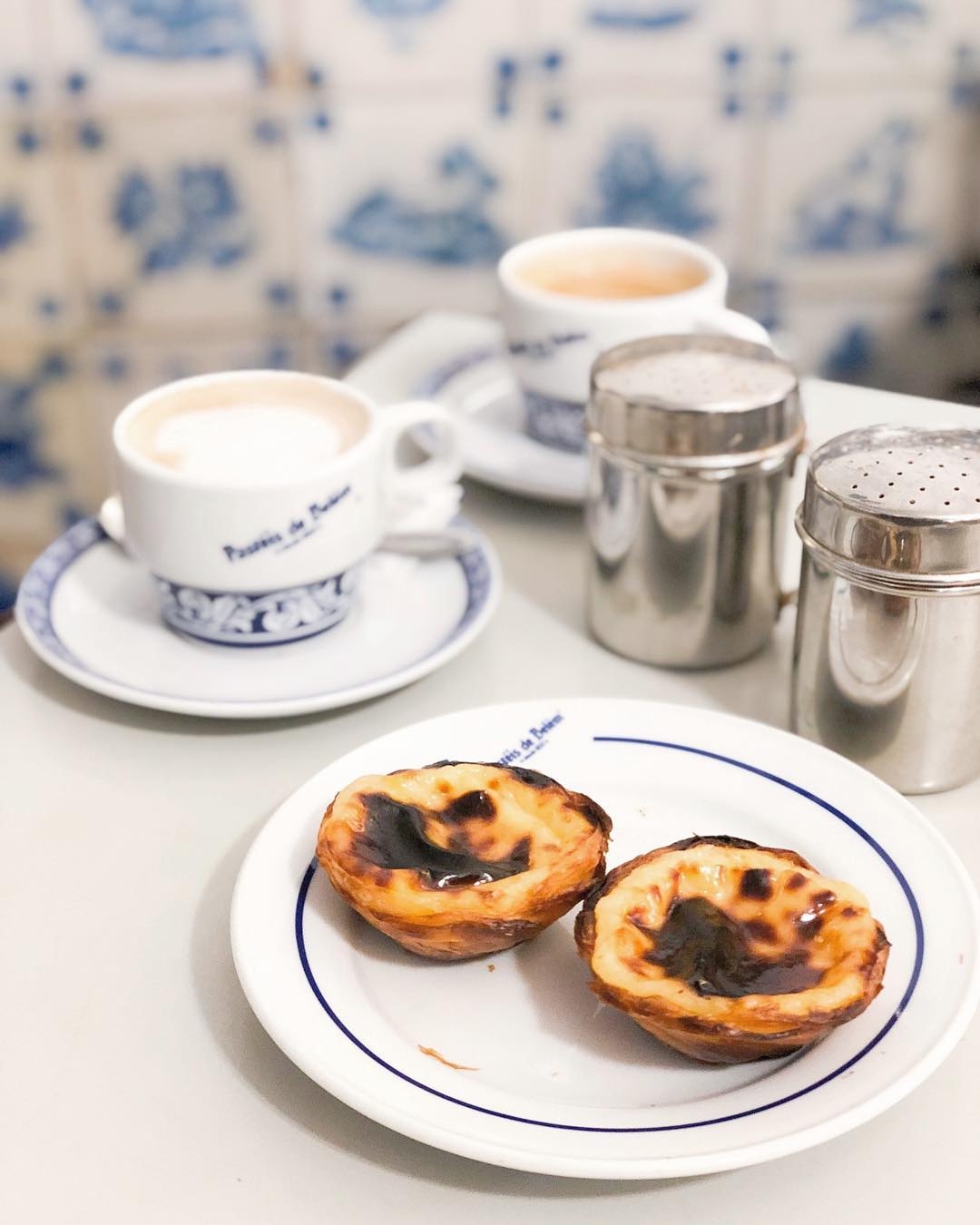
All these desserts don’t necessarily have to be eaten after the main course. They are so good and can be savored any time of the day! Pastéis de Nata, in particular, can be enjoyed as a “snack” with a coffee. This famous pastry is commonly known as “Pastéis de Belém” because it originally came from Belém. Pastel de nata is common in Portugal and can be bought anywhere in the country. They are kind of similar to a pudding.
Made of puff pastry and cream made with milk, flour, eggs, maize starch, and sugar syrup, it is not advised for vegans. However, it still is one of the most popular desserts in Portugal. The locals love to have one or two with their coffee. It’s one of the Portuguese desserts you should try while in Lisbon. They are usually best to be eaten on-site when they come straight out of the oven with a little bit of powdered cinnamon on top of it.
2. Travesseiros de Sintra

Not all the names of Portuguese sweets have heavenly themes. Travesseiro, as this delicacy is called, translates to “large pillow,” a reminder that it’s something worth dreaming about. (The name comes from its shape: The travesseiro is a rectangular pastry made of almonds and egg cream.)
It was first made at Casa Piriquita, a bakery founded in 1862 in the city of Sintra. The founders’ granddaughter stumbled upon the travesseiro while reading a book of old recipes and decided to try it out. According to Piriquita’s owners, the recipe also has a secret ingredient. Nobody knows if that’s true, but it keeps customers lining up at Piriquita’s door.
3. Pastel de Feijão
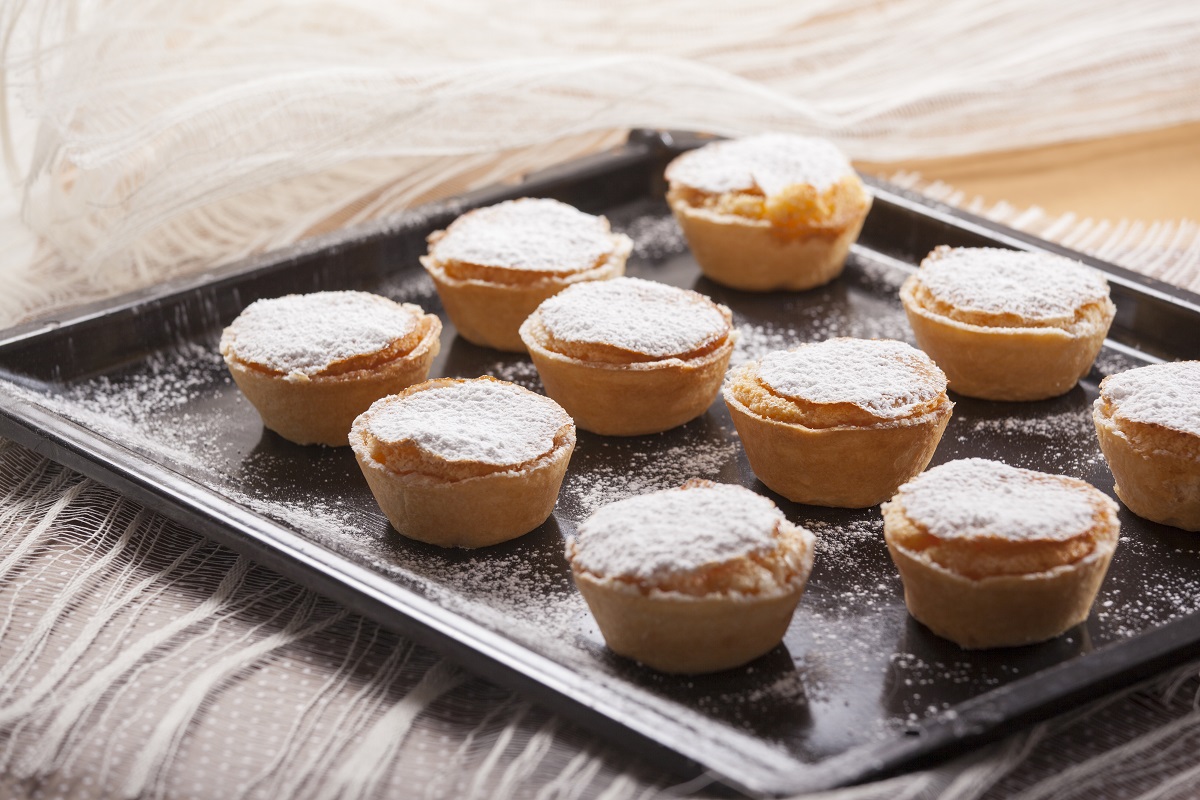
Also known as bean cake, this pastry is made with cooked, mashed white beans and almonds. A woman by the name of Joaquina Rodrigues, who lived in the Portuguese city of Torres Vedras, invented this sweet in the late 19th century.
Her relatives passed on the recipe, and in the 20th century, her descendants opened sweets factories that quickly became successful beyond the village’s borders. The mashed beans and grated almonds give the small cakes a firm texture and balance out the sweetness.
4. Pastel de Tentúgal

Pasteis de Tentugal, like many other delicacies in Portugal, was born at a convent, namely at the convent of the Carmelites existing in Tentúgal, a small village near Coimbra. Following the tradition of the Portuguese pastry, this actual gastronomic sin is baked with eggs. However, the secret of its recipe is the dough is very thin and confectioned only with water and flour, giving the cake a unique and unforgettable texture. Trust me when I say that one won’t be enough!
According to a famous tale, by the end of the XVI century, a Carmelite nun wanted to give some Christmas presents to the children of the Tentúgal village. Therefore, she decided to bake some treats made of an extra thin dough stuffed with an egg and crisp almond custard. Later the almond was removed from the recipe, as it was a costly ingredient. The sweets were also offered to the convent benefactors and some members of the Portuguese high society. Initially known as Pastéis do Convento (Convent cake), the cakes were praised by all and began to be baked all year round by the nuns. Every Sunday, after mass, they were sold at the convent door.
5. Ovos Moles de Aveiro
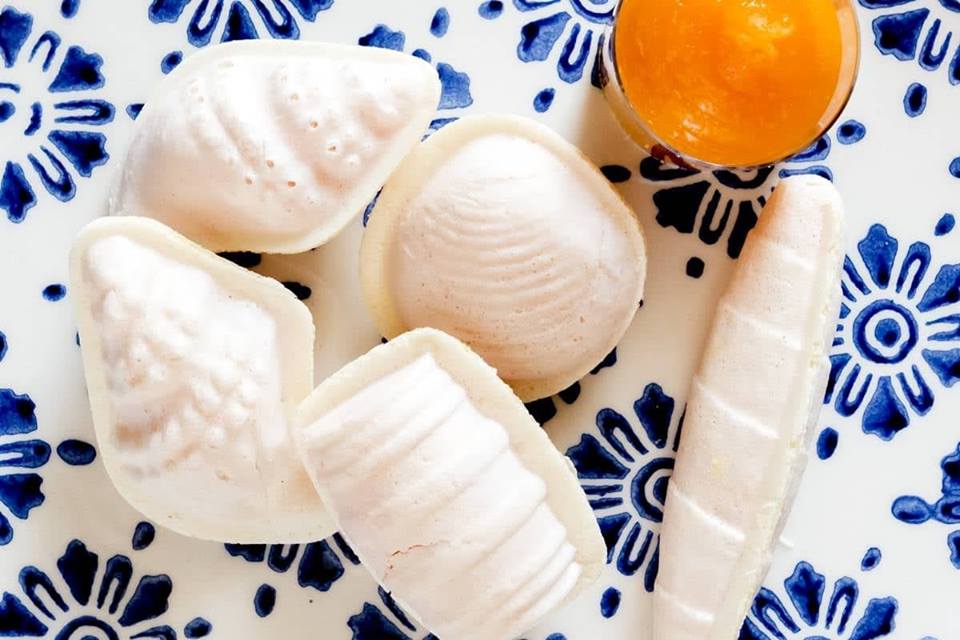
Aveiro soft eggs are so adored in Portugal that they were the first conventual pastry to receive protected status from the European Commission.
These delicate wafers — which are, in fact, communion wafers — are filled with a smooth custard of egg yolks and sugar that must be cooked to an exact temperature so that when you bite into the wafer, the sweet yolk cream melts in your mouth. The appearance of this confection makes it particularly original: Inspired by Aveiro’s seascape, ovos moles are shaped like fish, shells, and barrels.
6. Clarinhas de Fão
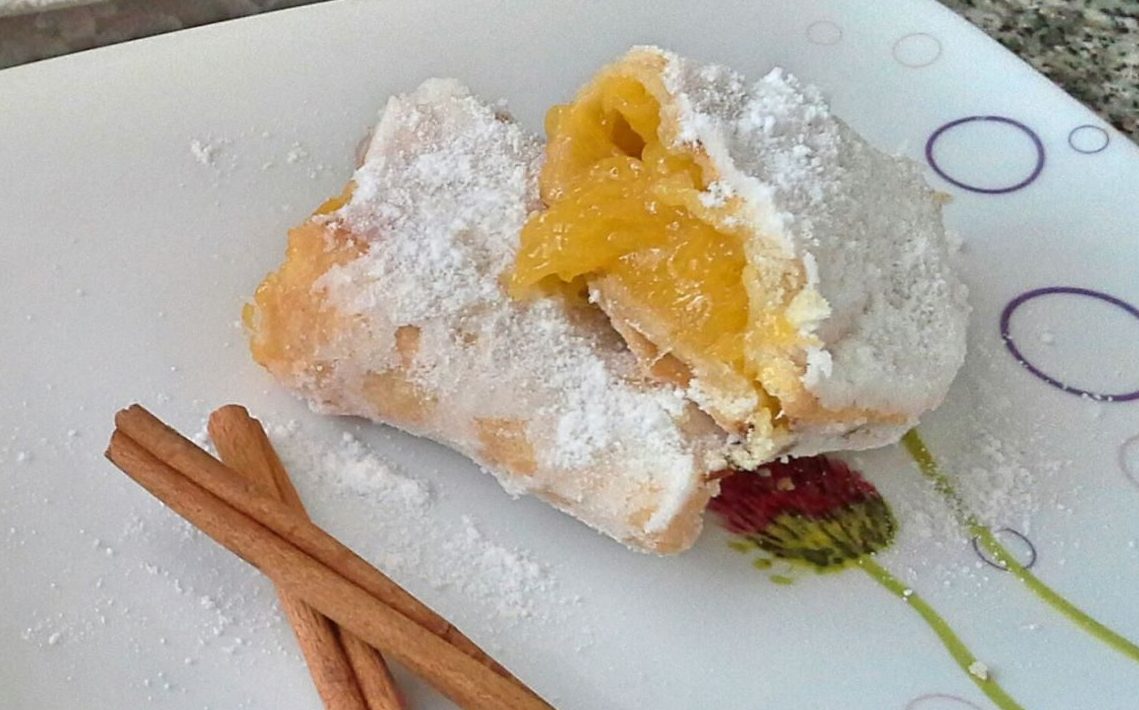
At the Convent of the Infant Jesus of Braga were made some pastries filled with pumpkin squash and egg yolks, called “Clarinhas”. Currently, they are known as Clarinha of Fão, a parish in Esposende where its production has become very popular.
This is a sweetness of monastic origin, a regional gastronomic landmark, a kind of sweet mini pasties in powdered sugar (very similar in appearance to Pasteis de Santa Clara or Azevias). Still, in addition to traditional yolks and sugar, the pumpkin is also used for the creamy filling.
7. Toucinho do Céu

The use of pork fat is traditional in Portuguese confectioneries. For example, Toucinho do céu, literally translated as “bacon from heaven,” is an almond cake made with pork lard. Created in the 18th century by nuns at the Santa Clara Convent in northern Portugal, according to gastronomy site Estilo de Vida, this dense cake is one of the most popular desserts in the country.
Though the convent closed in 1910, some of the nuns took the traditional recipes and shared them. Adding ground almonds gives the cake a firm texture and nutty flavor that pairs well with the egg yolks.
8. Queijadas da Madeira
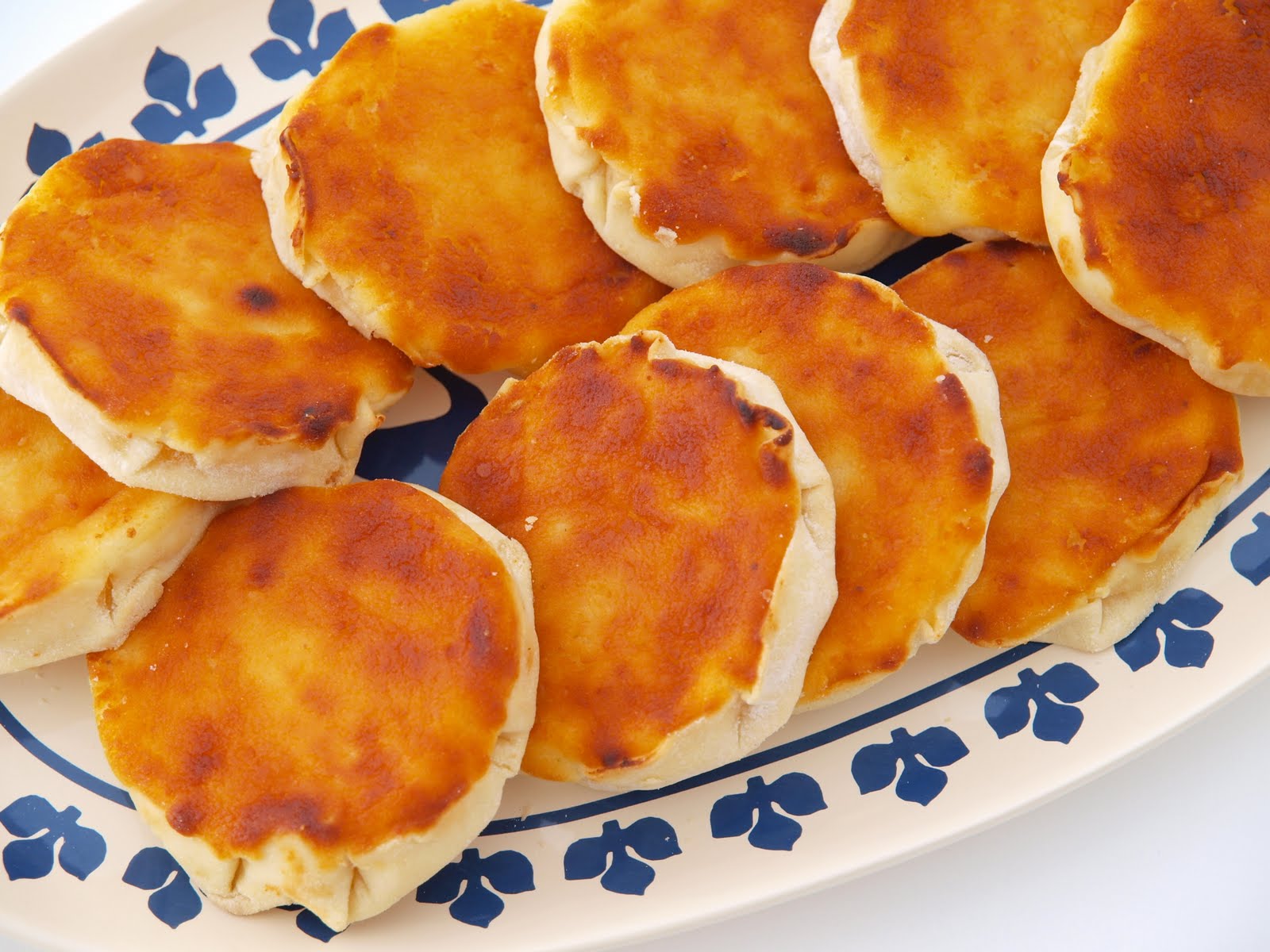
The Portuguese discovered Madeira. Soon, sugarcane was brought there, which began to provide both Portugal and northern Europe with this sweet poison. The settlement of the archipelago was active and diverse, and where are people with their needs and problems, there were God’s houses. One of the religious centers was the monastery of St. Clara.
Since the sisters of the order maintained an active connection with each other, regardless of the remoteness of the monasteries, it is natural that the nuns-clarissas from the mainland shared the queijada recipe with their colleagues from Madeira. Here the recipe was modernized:
- Island queijadas became larger.
- It was supposed to put 12 (!) yolks, a famous local sugar, and flour.
- Everything as usual on a pound of cottage cheese.
9. Bola de Berlim
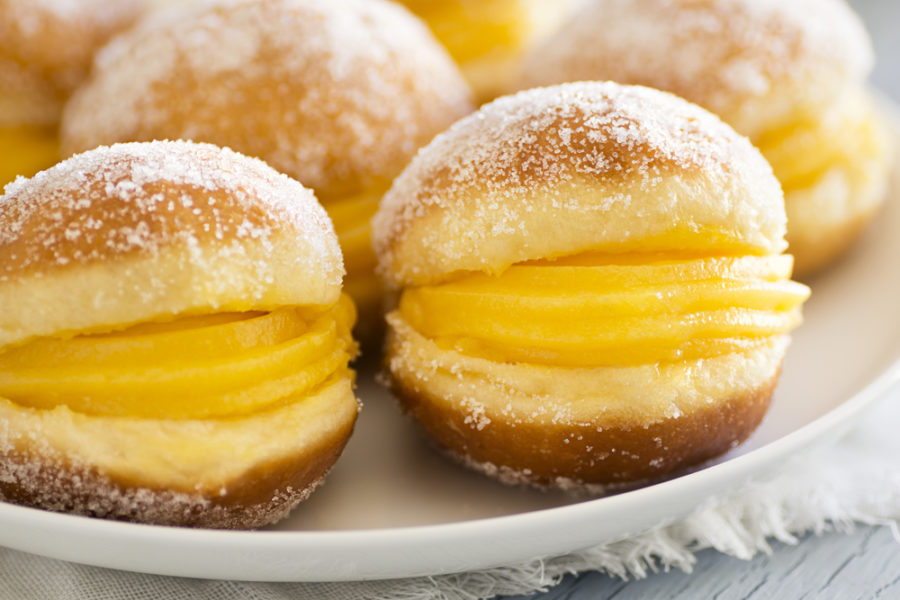
The typical beach sweetness – the Berlin donut – is not at all, as we understand, Portuguese merit. However, try the Portuguese modification of this unpretentious dessert. You will undoubtedly go to Viana do Castelo in Café Natinho, which is two steps from the museum of folk costumes. Here, at the Bolas de Berlim, the lines are no less than at the Pastéis de nata in Belem.
The Portuguese Bolas de Berlim are slightly larger than their German brothers, and the Portuguese, who would doubt, replaced berry jam with egg cream. The museum of the folk costume is also mentioned here for a good reason because Viana do Castelo is famous for its embroidery, thanks to which craftswomen confidently advanced along the path of emancipation, as well as gold ornaments in the shape of a heart (“Heart of Viana”).
10. Queijadas de Sintra
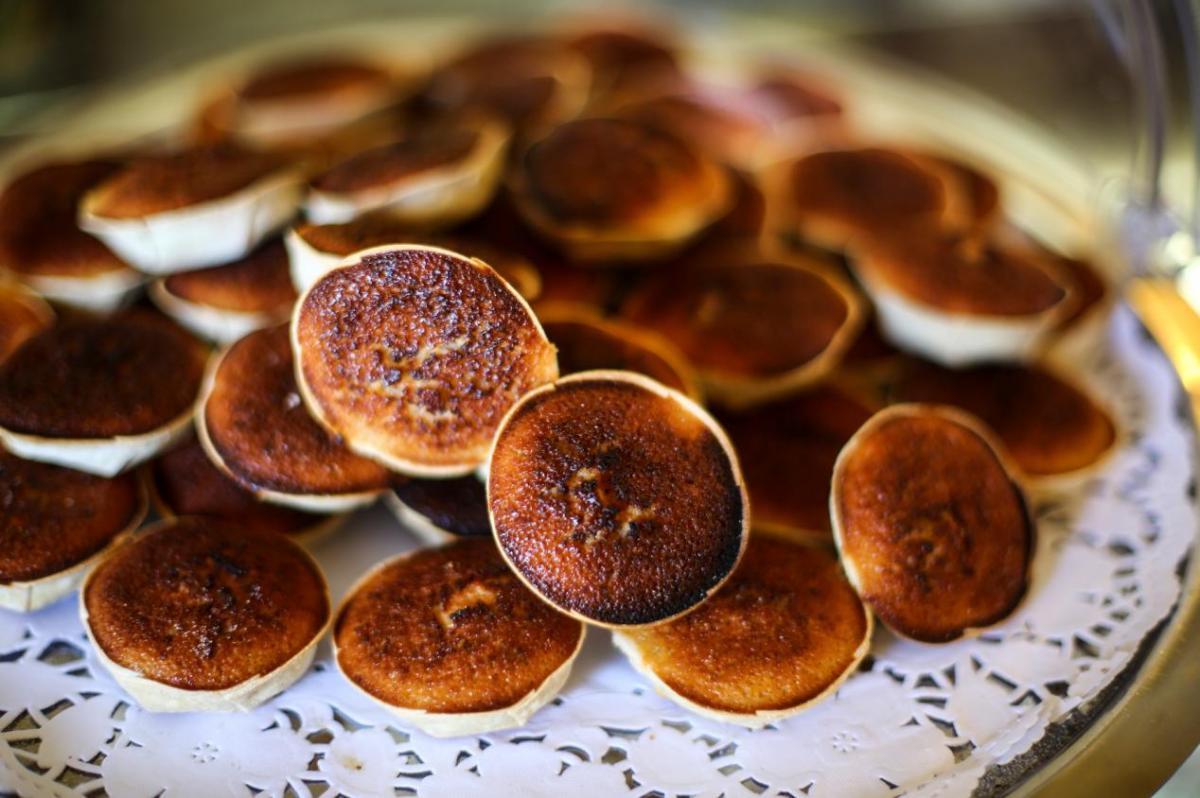
The history of these queijadas de Sintra goes way back to the Middle Ages, to the year 1227, during Sancho II’s reign, when, according to some official documents existing at Torre do Tombo, they were used to pay part of the fixed rent of landed properties in Sintra area. The birthplace of queijadas de Sintra seems to be Ranholas, a small locality near Sintra.
The development of the production has always been linked to the Sapa family, as supposedly they were the first ones to produce them. Years later, Maria Sapa, born in 1756, was responsible for the industrialization of the queijadas production during the XVIII century. On Sundays, the queijadas de Sintra was transported on donkeys to Sintra to be sold.
11. Brisa do Lis
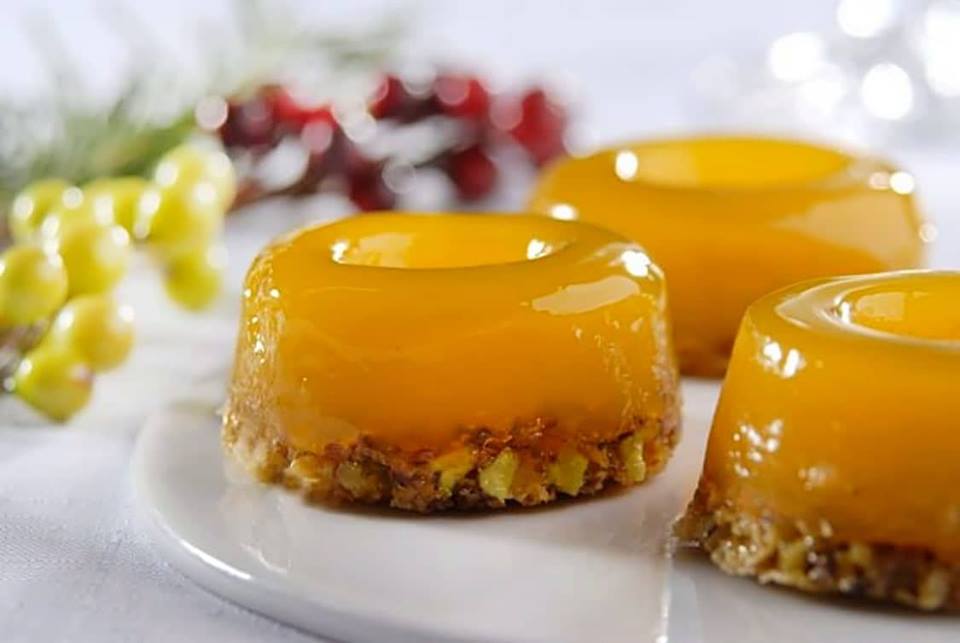
In the typical sweetness of the city of Leiria with the romantic name “Breeze from the River Lis” (“Brisa do Lis”) there are all three main ingredients of Portuguese confectionery art: almonds, sugar, and yolks. Previously, this cake was called “Brisas de Santa Ana”, in memory of the no longer existing monastery of St. Anne, from where the recipe was handed down to people.
The recipe did not get into the people romantically: one of the parishioners of the monastery shared a secret formula that the nun entrusted to her with her friend, she took it, and the cafe “Colonial” opened in the center of Leiria (the cafe existed very much for a long time, but closed in 2013).
12. Delícias do Frei João

If you happen to be in Alcobaça, you will definitely not miss the St. Mary’s Monastery because this is the city’s main attraction. The monastery was erected in the XIII century by Cistercian monks (or Bernardinians), the order of which assumed not only asceticism and absolute equality but also extraordinary perseverance, coupled with high engineering thought.
Here the monks created irrigation systems, set up gardens, and built water pipes, water-driven mills, and forges, as well as their monastery and the church of St. Mary, using the power of the local rivers Alca and Basa. The monastery church is the first Portuguese building fully sustained in the Gothic style, the central part of which still produces a stunning impression.
Among other things, here are the magnificent tombs of Don Pedro and Dona Ines – the most famous Portuguese lovers. Unfortunately, the legend is long, ambiguous, and requires a separate story.
So, opposite the entrance to the monastery, right across the square, is the Pastelaria “Alcôa”, which has won all sorts of local, national, and international pastry contests for many years. In addition to the classic monastic recipes, in “Alcôa” they prepare intricate sweets like “Dona Ines Diary”. This institution has a point in the center of Lisbon at Rua Garrett 37-39 (Chiado).
But the primary sweet specialty of Alcobaça is considered the effortless “Joy of Brother John”, based on a dry biscuit flavored with sweet fruit jam with crushed nuts and cinnamon. For the jam, only very ripe fruit is used: plums, grapes, melon, quince, but most of all, peaches. This is understandable because the Cistercian monks had fruits in abundance and saved the crop in this way, processing it into sweets and, by the way, into liqueurs for sale.
13. Queijo Conventual

Once in Portalegre, where there are endless fields, mountains, legends, a great history, castles, and even the oldest tree in the country, protected by the state (180 years old tree), you will also find here the monastery of St. Clara. And as we know, a monastery in Portugal is a sign of sweets. Clarice nuns certainly learned a lot about pastry making and even baked a local version of sweet mini-pasties (pasteis de Santa Clara or azevias) in the Portalegre monastery.
But the local pride of Alentejo’s nuns is “fake” cheese (Queijo Dourado or queijo conventual). In the almond mass container, the filling is akin to Aveiro’s “Soft Eggs” (Ovos moles). On the cut, it looks like soft cheese with a flowing heart, but sweet: if you thought cheese – no, sugar again with eggs and almonds! In addition to the monastery of St. Clara, we are required to visit the monastery of St. Benedict, the cork museum, and the carpet weaving museum.
14. Palha de Abrantes
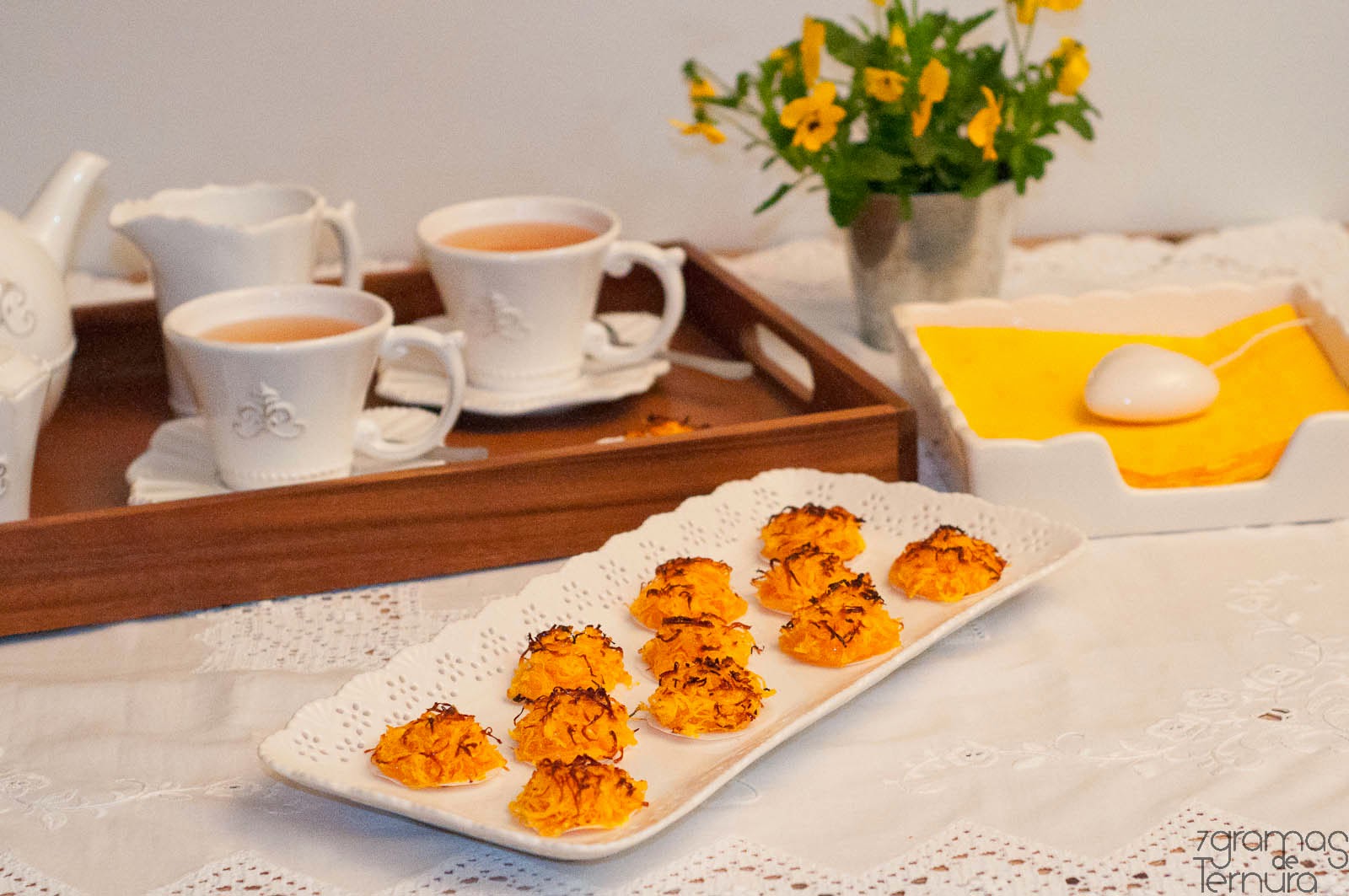
As a saying in Abrantes goes, “it is worth being a donkey to eat Abrantes straw” (the Portuguese word for straw is “palha”, which is also the name of this sweet specialty).
This popular saying made this sweet specialty famous, consisting only of loose egg threads. However, it is a matter of common sense that this sweet specialty and “tigelada” had their origins in city convents, namely in the Dominican Graça Convent.
15. Torta de Azeitão
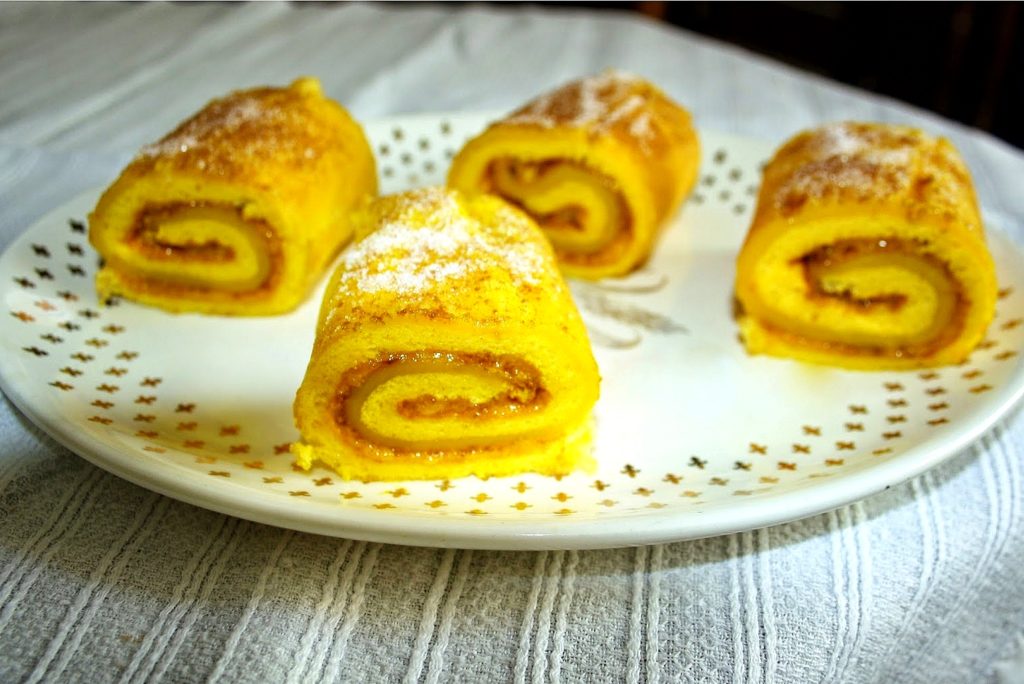
This Portuguese sweet starts with a thin sheet of soft sponge cake slathered with sweet egg yolk cream, sprinkled with cinnamon, then rolled up and cut into three-inch pieces. According to legend, the recipe was created by Manuel Rodrigues, a blind man who became a reputed manufacturer of cakes and sweets.
Tortas of Azeitão are traditional cakes typical of the area for which they’re named in the county of Setúbal. It has a beautiful texture: Soft and moist sponge cake with velvety egg yolk cream creates the perfect combination in the mouth. Lemon and cinnamon cut the sweetness and give it a balanced taste that pairs well with a glass of Moscatel de Setúbal, a sweet wine also produced in the region.






The sweets from the region of Coimbra, Beira Litoral, are my favorite. Ovos moles, brisas do Lis and pasteis de Tentugal.